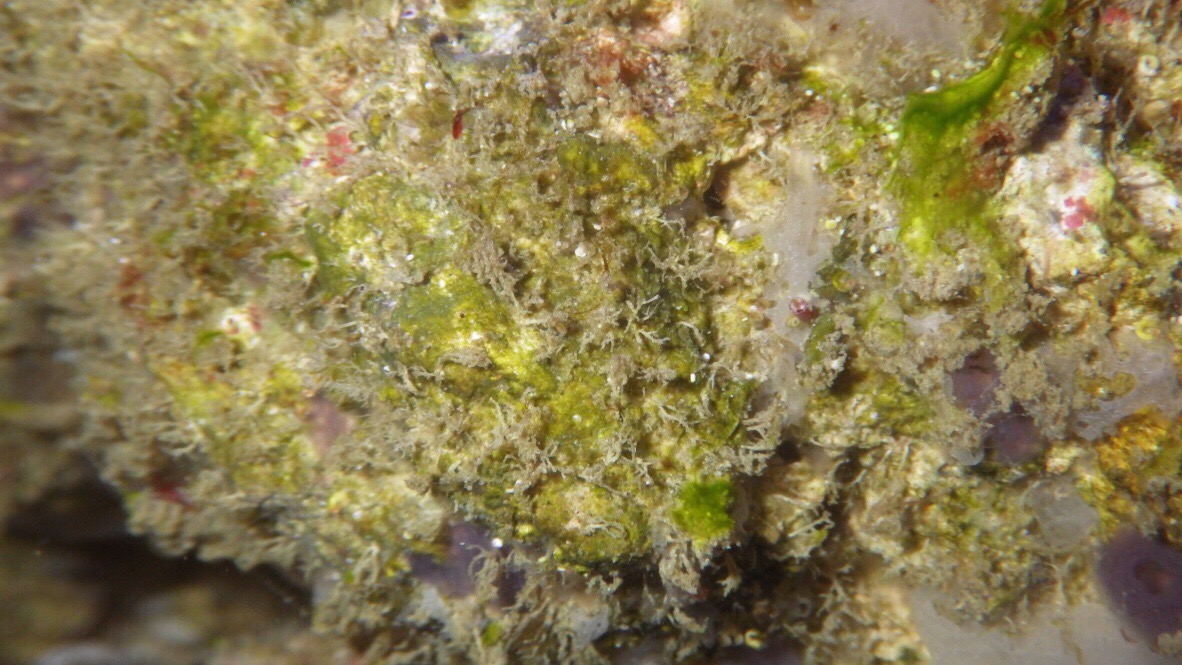@kedar301INSPIRED from: Intelligent Design / Natural Filtration : All Natural self sufficient tank
hi all,
this is what i am planning as a staring point....
180cm Long x 75cm wide x 65cm tall tank (roughly 6ft L x 2.5ft W x 2ft T) with a Bean Animal overflow system. with a sump tank (multiple sumps possible) underneath being 160cm Long x 60cm wide x 65cm tall (roughly 5ft L x 2ft W x 2ft T).
At this time this is only an information gathering thread.
What I would also like suggestions on is....What should this setup contain as a self sufficient reef tank. I would love to make the sumps to be a display as well if possible.
List of equipments would also be nice to have.
After rereading your first post, I better understand why you are all over the place with techniques that don’t always work together: You have never set up a marine tank. Do you have any fresh water aquarium experience?
Do you have a link for “intelligent design / natural filtration” for us to better understand what you mean by those terms. I interpret “intelligent design” as the “origin of the species”.
Last edited:


